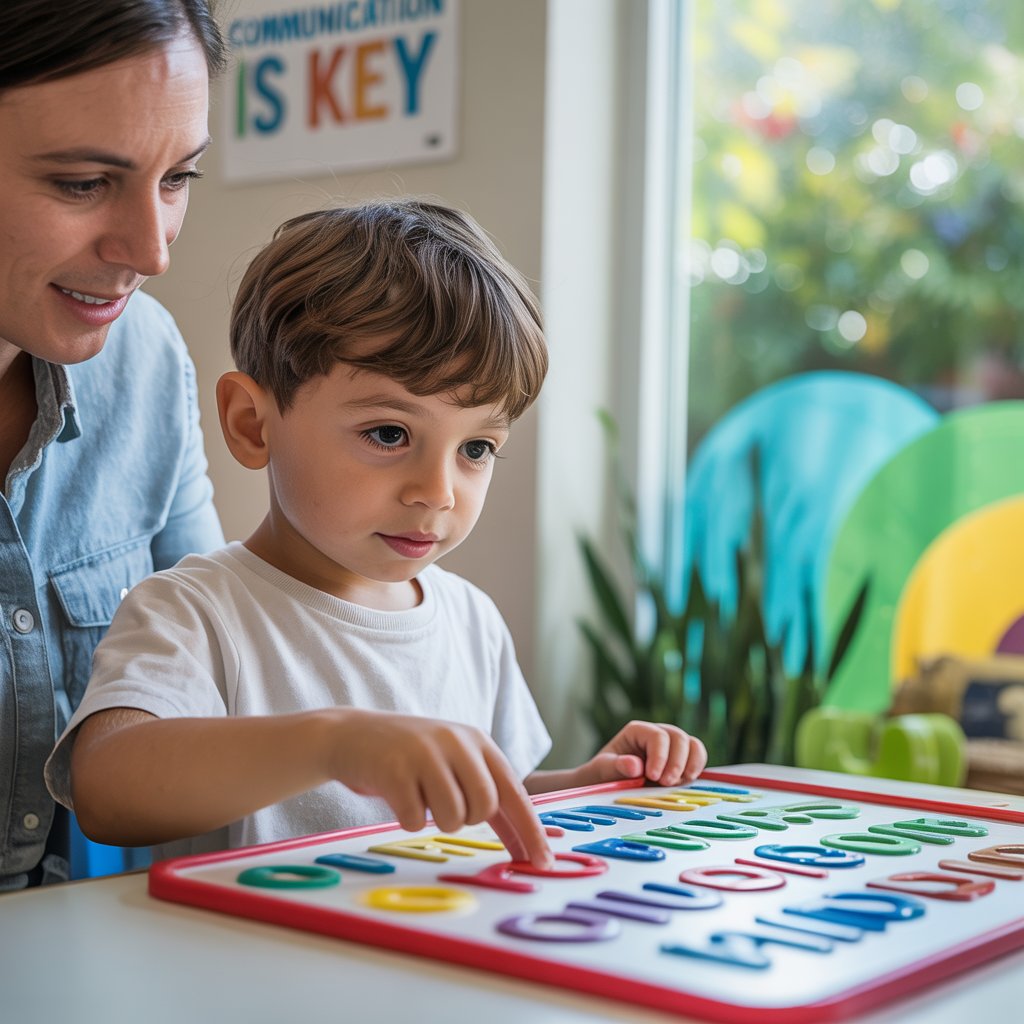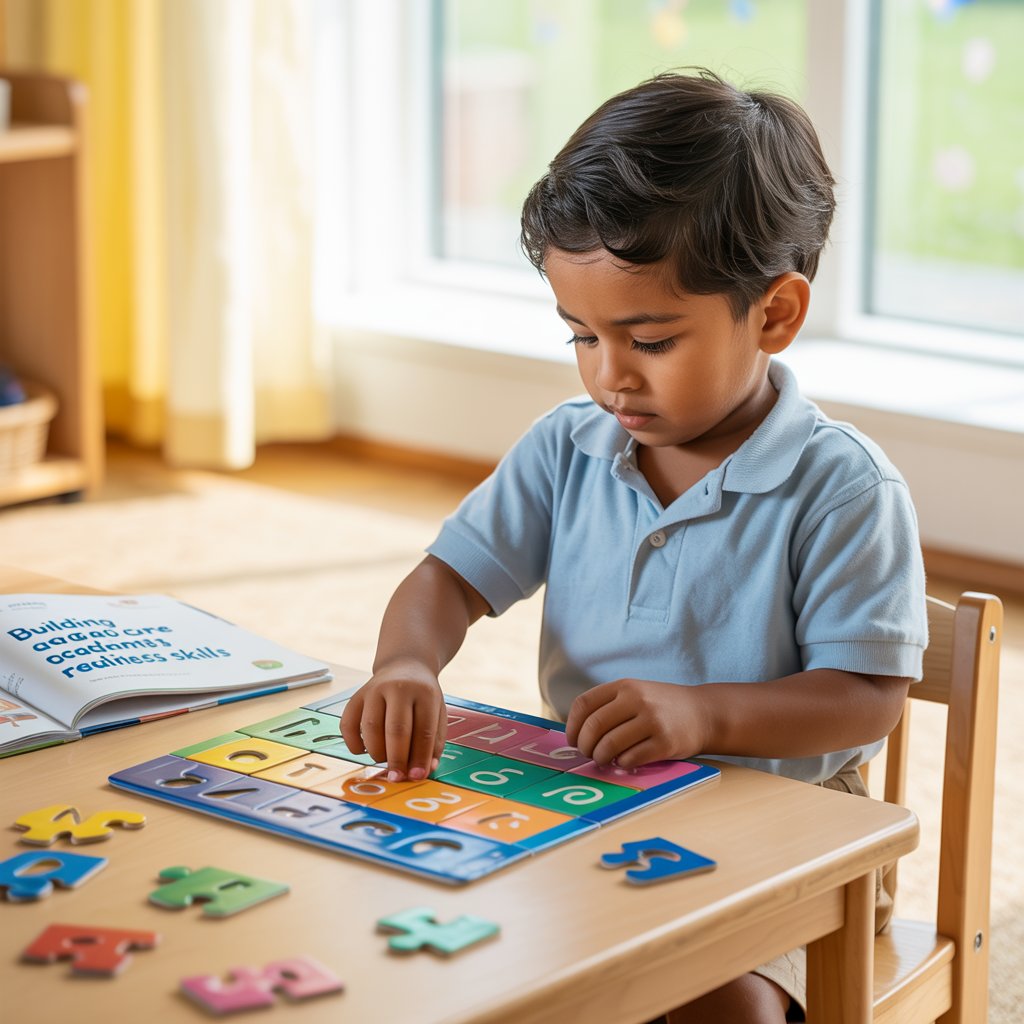Sleep Solutions for the Entire Autism Family

Managing parental sleep deprivation
Sleep troubles don't just affect autistic children—they impact the whole family. When your child isn't sleeping, chances are you aren't either. Many parents tell me they've gone months (sometimes years) functioning on just a few broken hours of sleep each night.
This chronic sleep deprivation isn't sustainable. Your mental health, physical wellbeing, and ability to parent effectively all suffer when you're running on empty.
Try these practical approaches:
- Tag-team with a partner - Split the night into shifts so each person gets at least 4 consecutive hours
- Power nap strategically - Even 20 minutes during your child's therapy sessions can help
- Accept help - When family or friends offer to watch your child, take that time to rest
- Simplify everything else - Order groceries online, lower housekeeping standards, use paper plates if needed
Remember: caring for yourself isn't selfish—it's necessary for your child's wellbeing too.
Creating sleep plans for siblings
Neurotypical siblings often get overlooked in the sleep equation. They might feel resentful when their sleep is repeatedly disturbed or when bedtime routines revolve entirely around their autistic sibling.
Creating separate sleep plans acknowledges everyone's needs:
- Give siblings predictable routines they can count on
- Consider noise-canceling headphones or white noise machines
- Establish clear boundaries about when siblings can and cannot enter each other's spaces
- Create special one-on-one bedtime rituals with each child
Siblings might benefit from understanding their brother or sister's sleep challenges in age-appropriate terms. Books about autism designed for children can help normalize differences without oversimplifying.

When separate sleeping arrangements might help
Sometimes the most practical solution is creating separate sleeping spaces. This isn't giving up—it's problem-solving.
Many families find success with arrangements like:
- Converting home office spaces into bedrooms
- Creating sleep zones within shared rooms using room dividers
- Installing blackout curtains around beds
- Setting up a safe "sleep room" with minimal stimulation
One family I worked with transformed their walk-in closet into a cozy sleep nest for their autistic daughter who preferred small, enclosed spaces. They added soft lighting, weighted blankets, and noise control—and everyone started sleeping better almost immediately.
The goal isn't separation but rather creating environments where each family member can successfully sleep.
Building a sustainable night-time approach for everyone
Sleep solutions need to work for your actual life—not some idealized version of family life.
A sustainable approach means:
- Flexibility - What works may change as your child grows
- Practicality - Solutions need to fit your home, budget and energy levels
- Balance - Everyone's needs matter, including yours
Start with small, achievable changes rather than complete sleep overhauls. Maybe begin with just five minutes of a new bedtime routine, then gradually extend as your child adjusts.
Track what's working in a sleep journal. Notice patterns—does sleep improve after certain activities? On particular days? When specific foods are avoided?
Most importantly, ditch the guilt. You're not failing if your family's sleep looks different from others. You're adapting creatively to meet unique needs—and that's what excellent parenting is all about.
Sleep challenges are a common struggle for autistic children and their families, but with the right understanding and approach, improvement is possible. By identifying your child's specific sleep difficulties, creating a sensory-appropriate environment, and establishing consistent bedtime routines, you can help your child develop healthier sleep patterns. Age-appropriate solutions, thoughtful use of technology and sleep aids, and careful consideration of medication options provide additional pathways to better rest.
Remember that supporting your child's sleep needs is a journey that affects the entire family. Be patient with yourself and your child as you implement changes, and don't hesitate to seek professional guidance when needed. With persistence, compassion, and the right strategies, you can help your autistic child—and your whole family—enjoy the restorative sleep that is so essential for health, learning, and quality of life.







